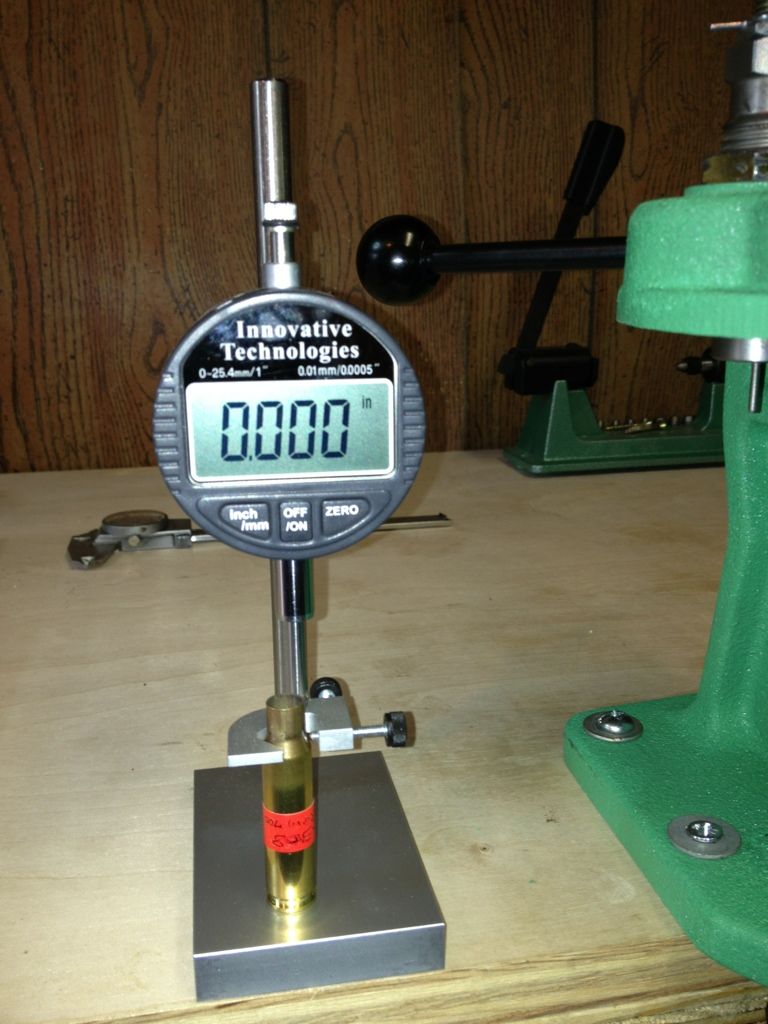Just curious what tool you use, how well you like it, and why? I have never used one, or thought that I needed one. I've always started with my die screwed out enough to not touch the shoulder, and slowly adjusted it down until I could see the sized line on the case neck meet the shoulder. If it chambered ok, thats where I locked it down.
So, you have the Wilson case gauges. You have the tools that fit on your calipers like the Sinclair, Hornady or Stoney Point. And you have the RCBS precision mic. Any others?
What do you use and how well does it work? Thanks, Lightman
So, you have the Wilson case gauges. You have the tools that fit on your calipers like the Sinclair, Hornady or Stoney Point. And you have the RCBS precision mic. Any others?
What do you use and how well does it work? Thanks, Lightman





